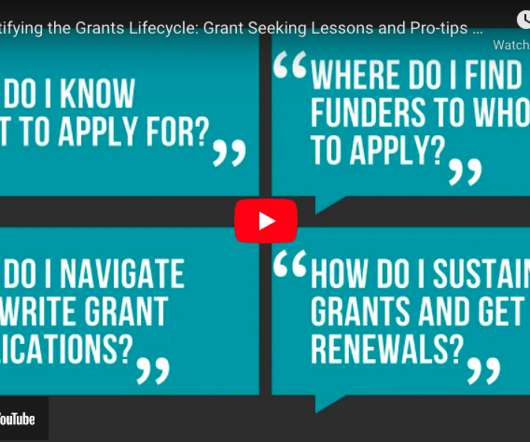BIPOC Leadership Challenges: 26 Tips To Increase Accessibility Across The Nonprofit Sector
Bloomerang
FEBRUARY 1, 2023
Structural barriers to success The nonprofit sector is highly competitive, with organizations often competing for the same limited resources. This isn’t a way of thinking routinely instructed in underserved schools. This can make it difficult to provide the services that are necessary to meet the needs of their mission.











Let's personalize your content